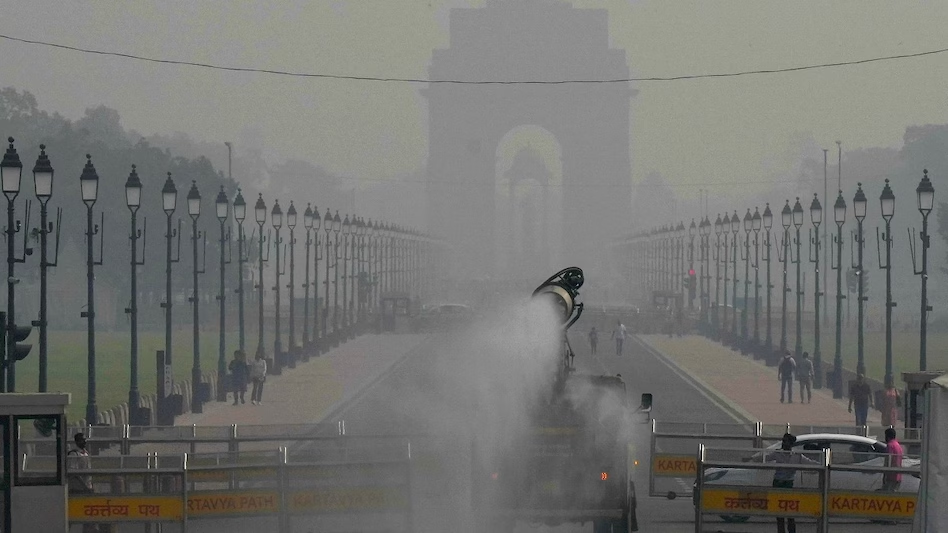Delhi air quality improves with favourable weather shift
Delhi residents finally experienced a breath of fresher air as improving weather conditions played a pivotal role in dispersing pollutants. The Air Quality Index (AQI), which had been hovering in the ‘severe’ category for weeks, showed significant improvement, bringing much-needed relief to citizens struggling with respiratory discomfort. A shift in wind patterns and a slight increase in temperature facilitated the dispersion of toxic air, particularly reducing concentrations of PM2.5 and PM10. However, environmentalists caution against temporary reliance on weather changes, emphasising the need for structural pollution control measures. The improvement, though welcome, exposes the vulnerability of India’s capital to seasonal shifts rather than sustainable solutions.
While this short-term relief is encouraging, historical data suggests a recurring trend where Delhi’s air quality marginally improves whenever meteorological conditions favour pollutant dispersion. A comparative analysis of AQI levels over the last decade reveals similar fluctuations, with improvements seen in previous years due to natural interventions rather than policy-driven efforts. Experts highlight that cities like Beijing, which once struggled with extreme pollution, have successfully implemented long-term solutions such as stringent vehicular restrictions and industrial emissions controls. In contrast, Delhi continues to grapple with inadequate enforcement of anti-pollution measures. The civic challenge remains pressing, with residents urging policymakers to move beyond knee-jerk reactions to create lasting change.
From an urban sustainability perspective, the reliance on external factors such as wind speed and temperature underscores the lack of robust infrastructure to combat pollution year-round. Sustainable urban planning, including increasing green cover, regulating construction activities, and encouraging public transportation, remains largely underdeveloped. The National Capital Region (NCR) has seen intermittent efforts in these areas, yet the execution remains inconsistent. According to environmental experts, over 30% of Delhi’s air pollution stems from vehicular emissions, and without aggressive adoption of electric mobility and clean energy solutions, long-term progress will remain elusive. The pressing need for proactive governance and effective urban policies cannot be overstated.
Despite this temporary improvement, the broader civic issue persists—seasonal wind patterns should not dictate the health of millions of residents. With winter approaching and the annual stubble-burning crisis looming, the battle against hazardous air quality is far from over. The administration must focus on stricter implementation of emission norms, robust waste management strategies, and large-scale afforestation to mitigate the impact of pollution. Moreover, better public awareness campaigns and real-time AQI tracking mechanisms could empower citizens to take necessary precautions. Delhi’s ongoing struggle with air pollution highlights the urgent need for sustainable interventions that go beyond short-term meteorological relief.




